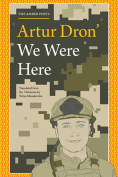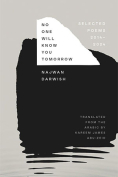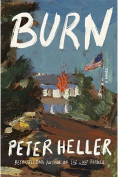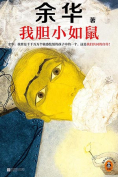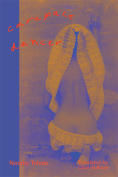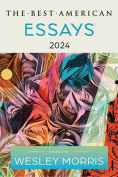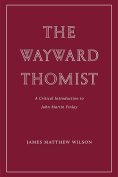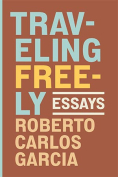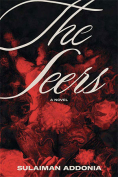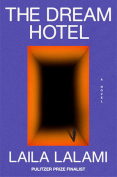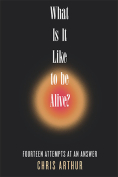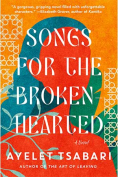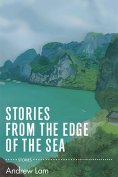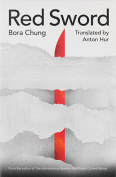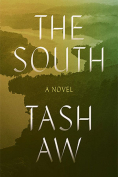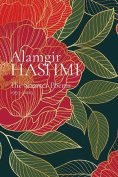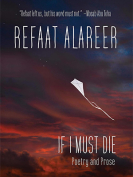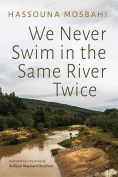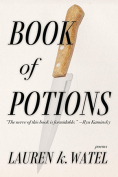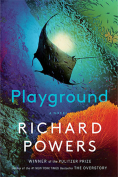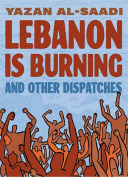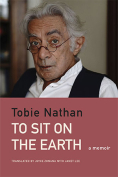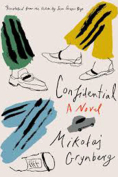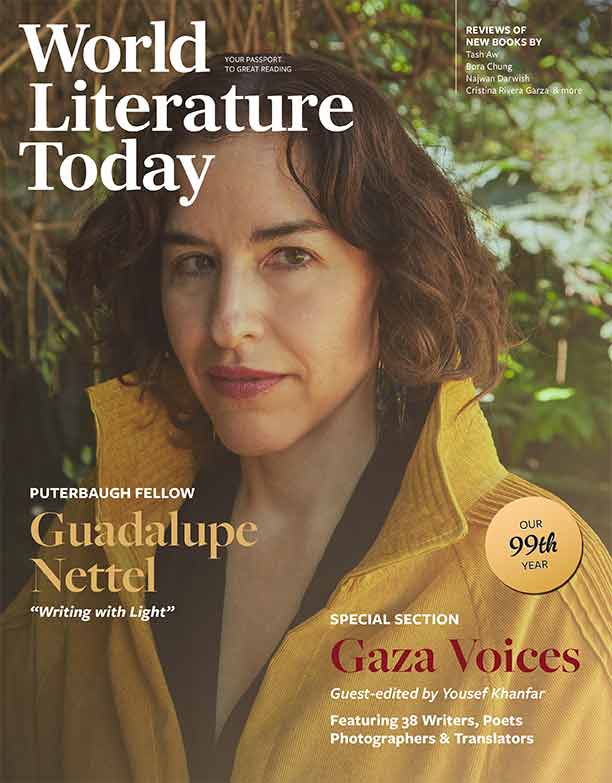The Wayward Thomist: A Critical Introduction to John Martin Finlay by James Matthew Wilson
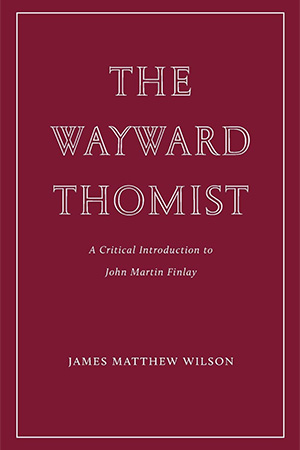
Milwaukee, Wisconsin. Wiseblood Books. 2024. 76 pages.
Tightly argued and curiously poignant, James Matthew Wilson’s monograph on the life and work of John Martin Finlay opens a previously covered wellspring of technical and spiritual mastery. Finlay, an obscure, late-twentieth-century Alabama poet, wrote of the spiritual journey not as vague and misty meandering toward equally vague illumination, but instead a clear and literal embrace of incarnate nature. Wilson’s work does justice to the arc of Finlay’s development by neither making excuses for his human and artistic shortcomings nor failing to celebrate his achievements.
Finlay’s body of work is small and tragically curtailed, and his particular genius shines through most clearly in context, so Wilson spends some time introducing the reader to Finlay’s two major poetic models: Allen Tate and Yvor Winters, particularly Winters. Both inspired Finlay’s ideal of “lean language”—lean in this sense evoking not deprivation but rather the practice of an agile, well-disciplined strength: a self-control both moral and aesthetic in character.
Finlay would depart from both models—in practice from Tate, in intellect from Winters—wherever they gnostically painted nature itself as a wellspring of evil. Finlay, the “wayward Thomist,” affirmed the goodness of created nature; “he refused to attribute personal demons to the wholeness of natural being.” Finlay celebrated reason but also made claims for the affirmation of the flesh reasonably understood—praising even cows as “good Thomistic animals,” solid anchors to the essential rightness of being.
For Finlay, salvation is not merely or even mainly a question of what happens in the mind. To be saved is not a matter of access to secret knowledge but rather of embracing creaturehood. What we are saved from is neither ourselves nor the created world—both of which are good—but disembodied evil that can lead to, in Wilson’s phrase, “both desir[ing] the sensations of evil and [being] destroyed by them.”
In poems of his middle and late period, Finlay took up his own past temptations and present suffering from HIV/AIDS (which would ultimately take his life) as symbols of self-destructive desire. “A Prayer to the Father,” Wilson argues, represents Finlay’s masterwork of the soul—his acceptance of his situation and determination to face it with courage—in a marriage of matter and form.
This marriage was not always perfect in Finlay’s oeuvre, not even in this poem, as Wilson observes in the essay’s last section, “Legacy and Limitations.” Perhaps small lapses in metrical rhythm and felicity of diction will bother no one but a working poet—but Finlay was that before he was anything else. Perhaps he would even have assented to Wilson’s judgment that his thought and art were unfruitfully constrained by too great an isolation from the currents of his time and critical context.
This and other difficulties in framing the relation between Finlay’s life and art, as much as his geographical and confessional obscurity, may explain why Finlay’s legacy has not, before now, received the fullness of appreciation it merits. Wilson skillfully threads this difficult needle by showing Finlay’s life and work not through the distorting filters of convoluted theories or extraneous narratives but through a lens Finlay himself might have chosen: neither innocent nor martyred, but all the same a carrier of his crosses, a denier of the temptation to meaninglessness, and a final victor over the afflictions that so long and so painfully beset him. No other lens, in the end, will prove adequate.
Katy Carl
Houston
